JAPAN | 10-Day Itinerary and Visual Travel Guide
It's crazy yet organized, minimal yet extravagant and modern yet traditional. This country if filled with juxtaposition, and that's what makes Japan one of my favourites to visit.
On top of all the visual treats, the Japanese are some of the kindest people I have ever met. We met locals who didn't speak a word of English yet stuck with us to navigate the busy streets until we found our hotel. We also met a couple who sat beside us at a restaurant and ordered us sake to welcome us to their neighbourhood.
And then, there was Yoko, who inspired me to make this blog. So yes, we went to Japan to see all the cool modern and weird things, but left remembering how awesome the people were.
In this guide you’ll find a lot of tips and an itinerary for visiting Tokyo, Osaka, Kyoto and Nara. We paired this with 10 days in Thailand and Siem Reap for an awesome 3-week honeymoon.
GO IF YOU LIKE:
MINIMAL AESTHETICS | ORGANIZATION | NEON LIGHTS | FISH | TECH | ANCIENT CULTURES
10-day Itinerary for Tokyo, Kyoto, OSAKA and Nara
A lot of people, myself included, want to see the major cities during their first trip to Japan. My 10-day itinerary consists of visits to Tokyo, Kyoto, Osaka and Nara.
I started in Osaka for two reasons:
It aligned with timing for the sumo wrestling tournament. Reversing the order works as well.
I went during cherry blossom season so it’s helpful to move northward with the blooming patterns.
Itinerary at a Glance
Day 1-2: Osaka
Day 3: Nara (day trip)
Day 4-6: Kyoto (2 days) & Arashiyama (1 day)
Day 7-10: Tokyo
Expand the legend in the map for a detailed Itinerary.
My Favorite Things to Do in Japan
Meditate with thousands of buddahs at Otagi Nenbutsu-Ji
When visiting Arashiyama, just outside of Kyoto it’s really common to see the bamboo forest. While it was beautiful, it was also overwhelming with the number of tourists. I found the walk to be anything but calming and meditative. This is why Otagi Nenbutsu-Ji was such a treat.
Picture over 1,200 little stone statues, all with different characters surrounding a temple. It was tranquil and frankly - really freakin’ cute.
Because it’s further from the bamboo forest it doesn’t get as much foot traffic. We had to take a taxi to get there which resulted in some wonderful and reflective, alone time.
Chill with Deer at Nara Park
If you’re in Osaka then take a day trip out to Nara. The train ride is just over 30 minutes and when you get there spend the day exploring Nara Park.
This city is special because deer roam through it freely. So while you’re visiting the park, temples and shops you’ll likely have a companion by your side.
Make your way through the park to visit the Okumura Commemorative Museum (in my above map). There you can learn about earthquakes in Japan and how architects are building new, structurally-sound buildings. You can also try the earthquake simulation machine.
Within Nara Park is the beautiful Tōdai-ji temple. A UNESCO World Heritage Site that has a large bronze Buddha.
You can also take a walk up to Mount Wakakusa which gives impressive views of the city. Bring a snack, and take in the moment.
And maybe, if you're lucky, you'll meet Yoko. If you do please tell her I said hi and show her the site.
For more ideas, check out this Nara day trip guide.
Spend the night At a traditional ryokan
I don’t know about you but I was obsessed with staying in a Ryokan. I really wanted to try the futon beds and having my meals on the floor mats.
So I decided to book a ryokan in Kyoto. It felt like the most traditional of the cities we were visiting. We stayed at The Yoshikawa Inn and you can read more about it in the where to stay section below. Needless to say, it was worth every pretty penny.
Throw cushions (don’t Actually) at A sumo wrestling tournament
Like the ryokan, I had another obsession, sumo wrestling. I didn’t know much about it, other than the goal is to push your opponent out of the ring. So I made sure that we visited during the Grand Sumo tournament. The tournament happens a few times a year and alternates between Tokyo and Osaka. I based the entire itinerary around this event which is why we started in Osaka.
The tickets get you in and out (with limited re-entrances). We showed up at the beginning and the arena was practically empty. We watched several bouts, each only lasting a few minutes or even seconds, then then went for lunch.
After lunch it was a whole new atmosphere. The arena was packed. Most of the spectators sat in their boxed sections, many of them brought meals. Things started to get noisy. We couldn’t understand the announcer but it’s easy enough to feel the energy in the arena and go along with it.
The last bout clearly didn’t go as expected because at the end, many of the spectators started throwing their cushions on the ring. I have since read that this means the bout was either particularly entertaining or there was a huge upset in the win. Kind of like hockey and the octopus (look it up).
Don’t worry if you aren't there for the tournament you can still visit the wrestlers at their numerous training facilities.
Admire the cherry blossoms (Sakura)
It’s no surprise that cherry blossom season is peak travel time to Japan. And it’s not only foreign tourists that flock to see the blooms. Japanese from all over the country come to the parks for picnics and Sakura parties under the trees. It’s common to see entire families enjoying meals on large tarps in the park.
Though, the season is fleeting and a gamble, my timing paid off. And while the cherry blossoms were stunning and made for striking photos you have to battle swarms of people. For those who don’t do well in crowds - it won’t be an enjoyable experience.
Japan Cherry Blossom Viewing Tips
Visit during the end of March/beginning of April
The season starts in the South and the bloom pattern goes Northward
Make sure to check the weather forecasts, as heavy wind and rain can shorten the duration of cherry blossom season
Popular viewing spots in Tokyo are Ueno Park, Roppongi Hills. Yoyogi Park, and The Meguro River.
The official sakura website shows predicted blooming times throughout the country
Explore the world of manga, arcades and purikura in Akihabara
Akihabara is an area filled with massive stores carrying electronics, manga, arcades and maid cafés. While you may not buy anything, it truly is fascinating to wander through stores and see people totally immersed in arcade games.
If you’re in the mood for new Fuji gear stop by Yodobashi Camera Multimedia Akiba. They’ve got tons of camera gear, and what’s cooler than buying a Japanese-made Fuji lens in Japan.
My personal favourite were the purikura photo booths. We had no idea how to use them so I asked a group of teenage girls to help us out. They spoke no English but laughed at us the entire time we took the pictures. I guess they weren't used to seeing a guy in the booth.
Purikura is quite a process. First you take the photos. Then you move into editing. You can add stickers, and edit your features. I’d say it was a success, we were transformed into beautiful little creatures, see proof below!
Fill That Belly
Japan has a vast array of foods to tickle your taste buds. You'll need to master the use of chopsticks, and remember not to stick them upright in your bowl, it's disrespectful. Also, slurping your soup is a compliment, so make all the noise you want.
During the colder evenings I loved a warm sake but you can also order them cold. I often ask for recommendations on which my server likes best, "Kanpai!" (cheers!). Try the following foods:
Yakiniku is a type of restaurant where you grill your own meat. General rule of thumb, the more fatty white parts in the meat, the tastier it is.
Grilled, BBQ and fried
Okonomiyak (grilled pancakes with egg, yams, sauces and benito flakes), takoyaki (octopus balls in batter with bbq and mayo sauces), tempura (battered and fried vegetables or my favourite, shrimp), yakitori (grilled skewers of meat traditionally chicken but also comes in beef, pork and fish)
Fish
Sushi (raw fish on rice), sashimi (slices of raw fish) and chirashi (chunks of raw fish and rice mixed in a bowl)
Desserts
If there's one dessert you need to try in Japan it's the taiyaki. They are little fish shaped waffles with a melted filling. Traditional flavours are red bean or macha but many vendors also have chocolate or vanilla custard. This is one of those rare moments when vanilla is the best.
Taiyaki is a fish-shaped waffle filled with custards. A popular street dessert in Japan - just follow your nose.
Kaiseki
If you're going to splurge in Japan then I suggest splurging on this. A meal is anywhere between 7-14 courses and consists of small plates of local and seasonal dishes.
There is normally an amuse-bouche, followed by sushi, seasonal sashimi, vegetables, tempura, soup, grilled fish, palate cleansers, hot pots, rice dishes, and desserts.
These can vary in price range, we had ours in Kyoto (reference in above map) and it wasn't cheap but it was delicious and such a unique experience.
Tempura, eel, squid, bamboo shoots, sushi and much more at the traditional Edogawa Naramachi in Nara
Soups, Noodles and Rice
Ramen (wheat noodles in soup typically served with slices of pork, green onions and an egg), soba noodles (thin noodles made with buckwheat flour), shabu shabu (a hotpot where you cook your own meats, veggies and tofu and eat it up right away), udon (soup with thick wheat flour noodles), kare raisu (Japanese curry with rice), donburi (delicious toppings like meats over a bed of rice)
Getting Around Japan
The Japan Rail Pass
This is a country that operates at maximum efficiency and as a foreigner you can benefit from the Japan Rail Pass. This is the holy grail of rail passes. It's not offered to locals and you want to buy it in your home country, not Japan, to receive a cheaper rate. It gets you substantial discounts when travelling to different cities via the high-speed train plus you can use the JR Yamanote Line for free in Tokyo. This line loops around the city.
The Subway in Tokyo
While you're in the cities everything is either walkable or accessible by bus or subway - which is always on time. The first time you see the Tokyo subway map you might feel overwhelmed but it's easy to figure out, and the Japanese are friendly so ask for help if you need to.
If you don’t have much time here’s some top sights to see in a half-day in Tokyo.
Photography Tips for Japan
Japan is amazing for street and architecture photography. The temples and shrines are often packed so arrive early or in the late afternoon for clearer shots.
If you plan on shooting the cherry blossoms, timing is always a gamble. Generally the end of March, beginning of April, is when they will bloom. They move North throughout the country, so consider starting your visit in the South and moving with the cherry blossoms.
Also, pay close attention to the weather. If the cherry blossoms are in full bloom but there’s high wind or rain on the horizon, make sure you get your shots before that happens.
When in Kyoto, be respectful of any Maiko and Geisha. Sometimes, if you’re fast you can catch them hurrying from one building to another, but give them their distance. They’re private people who won’t appreciate a flash in their face.
Areas like Shinjuku and Akihabara in Tokyo have bright neon lights so there’s plenty of opportunities for nighttime street photography as well.
I found Japan to have the most interesting looking foods. Even the most basic meals had beautiful presentation and the markets always had interesting and exotic things to shoot.
Tokyo, is also home to Fujifilm, so if you're a fan, go check out their headquarters in Roppongi or purchase new gear in one of the many electronic shops in Akihabara. Unfortunately there wasn't much in the way of savings, but I nerded out and can say I bought a Fujifilm lens in Tokyo.
Where to Stay in Japan
We stayed in a mixture of hotels and traditional Japanese ryokans. If you can, try to fit a ryokan in your stay. It was such a unique experience, and I still fantasize about my sleep on that futon.
Tokyo
Hotel Gracery is located in the busy Shinjuku area. It's a few minute walk to one of the largest train stations in the city and is home to the iconic Godzilla head which is at the top of the hotel.
Osaka
Hotel Unizo was reasonably priced, in a central location of the city and was clean and modern. It felt like a business-traveller hotel. Not a ton of room but perfect for sleeping.
Kyoto
Our experience at The Yoshikawa Inn was the best. We never saw other guests. We ate in beautiful private rooms that overlooked a peaceful Japanese garden. They served fresh and seasonal meals, most notably their tempura.
They gave use traditional Yukata (cotton robes) to wear for our meals. One of their staff laughed so hard when she came into our room to check on us and noticed that we had put the robes over our clothes. To her, we looked ridiculous.
The rooms were comfortable and they had the traditional Japanese wooden bath (ofuro). My favourite part, and I know it's a minor thing, but every time we came back to our room they had folded the tip of the toilet paper so it looked brand new. This attention to detail is why we loved it.
Note that all hotels will sell out quickly, sometimes more than 6-months in advance, for cherry blossom season. The prices also increase substantially.
Socks, given to us during our stay at the ryokan The Yoshikawa Inn
Safety in Japan
A+ No complaints here, this is a great destination for solo female travel.
Language in Japan
The Japanese have a good grasp of English if you're in the main cities. The brilliant thing is that even if you meet someone who doesn't know English they try really hard to help you anyways. Also, I often used my hotel concierge to reserve restaurants for me.




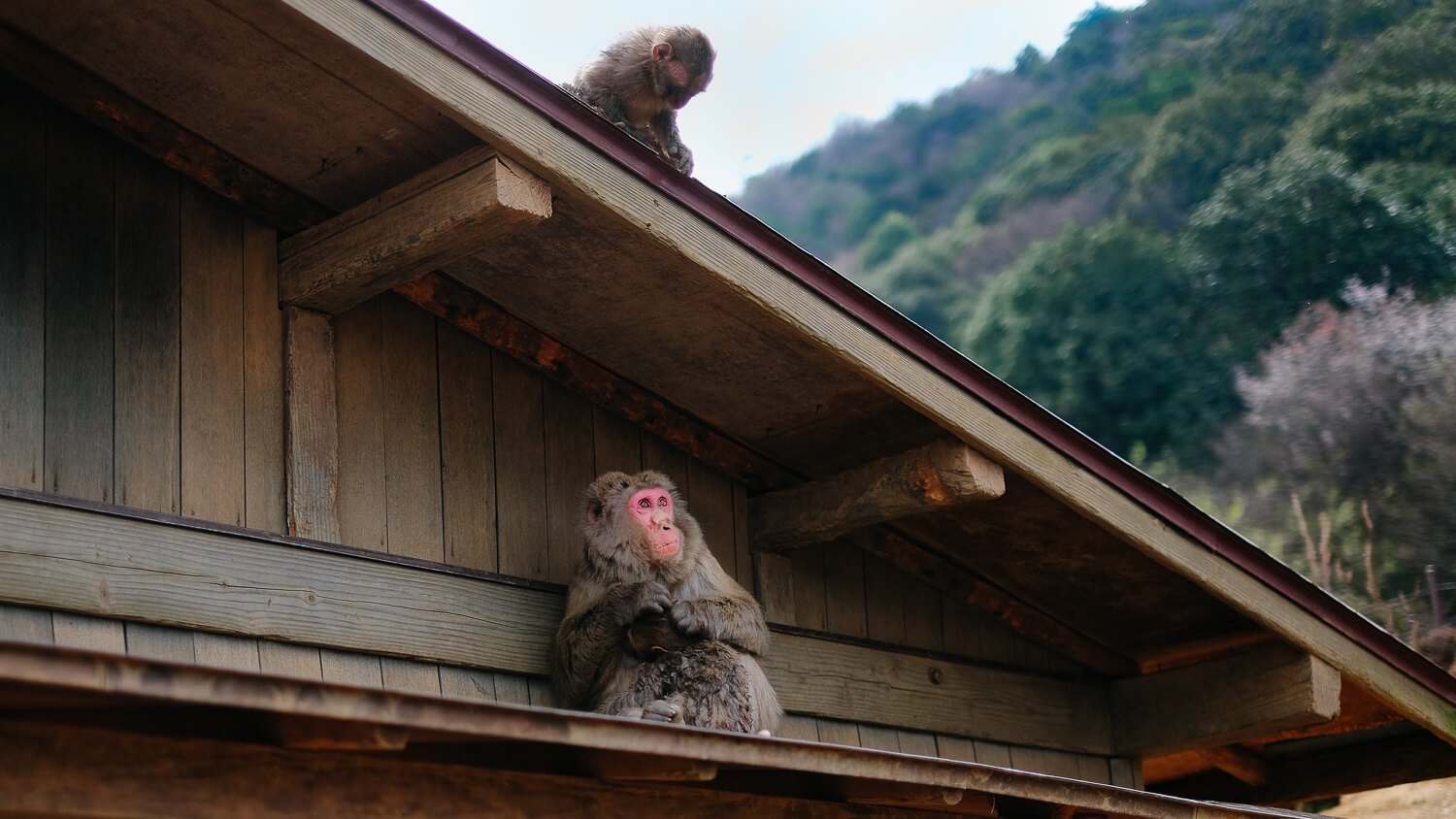









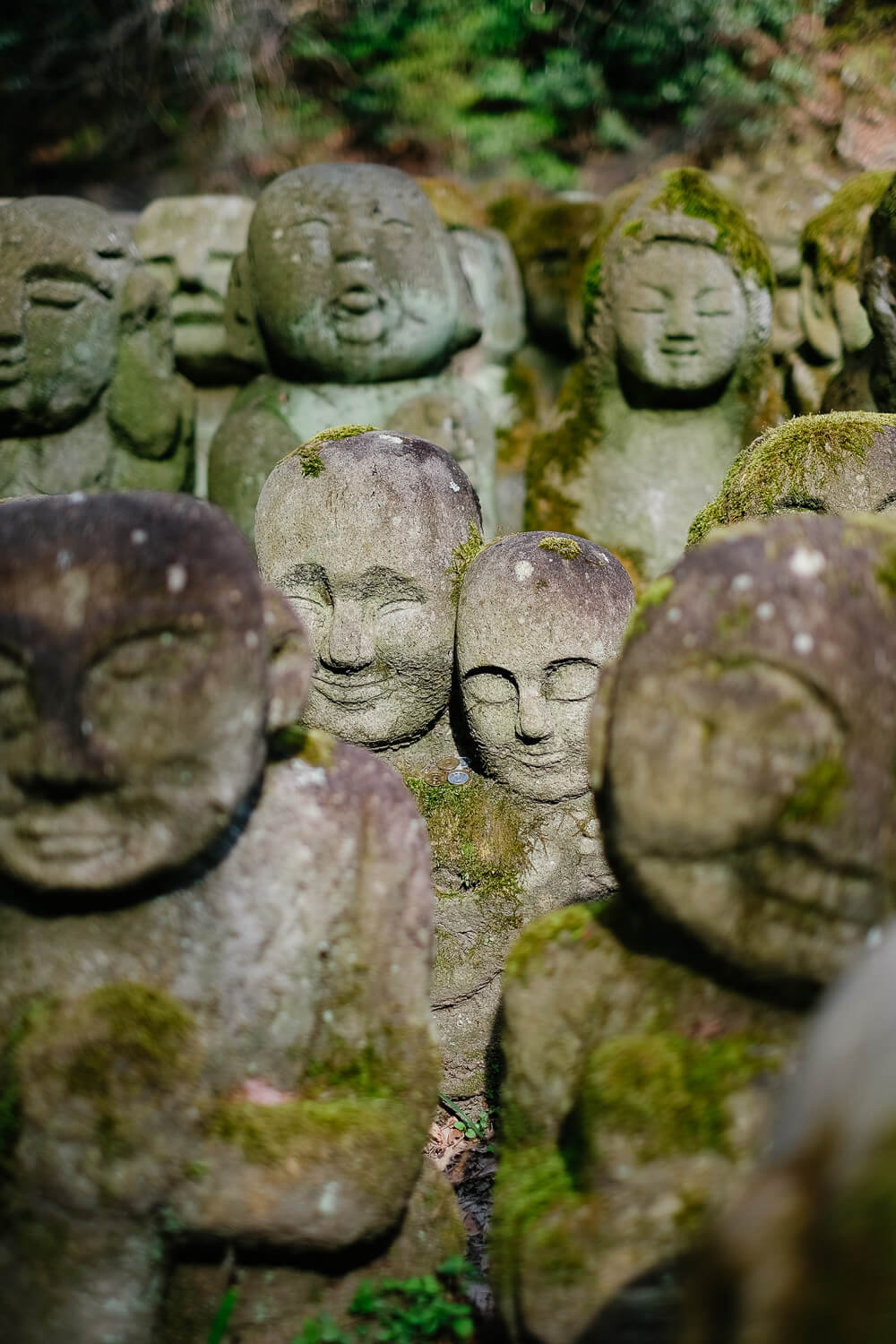
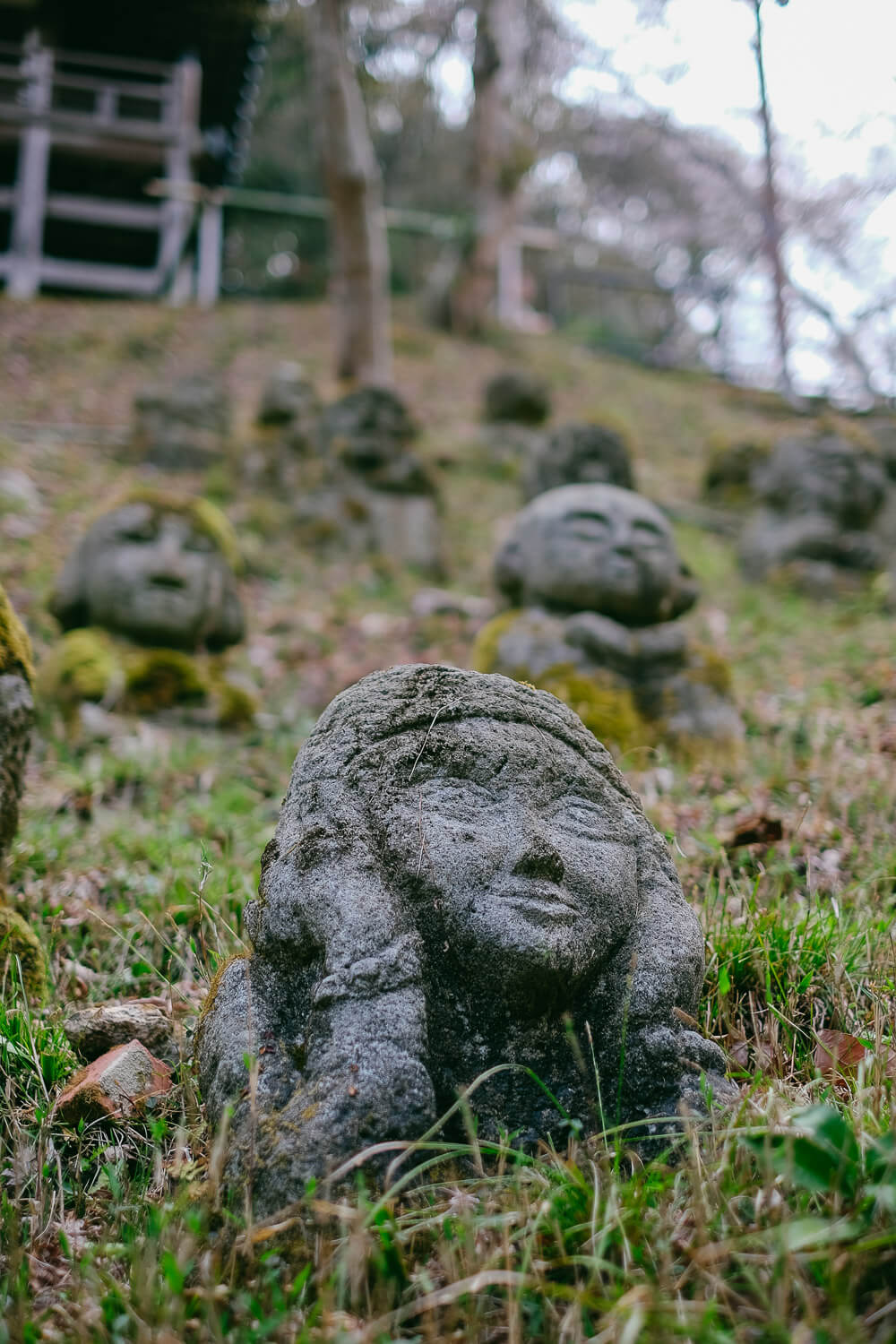
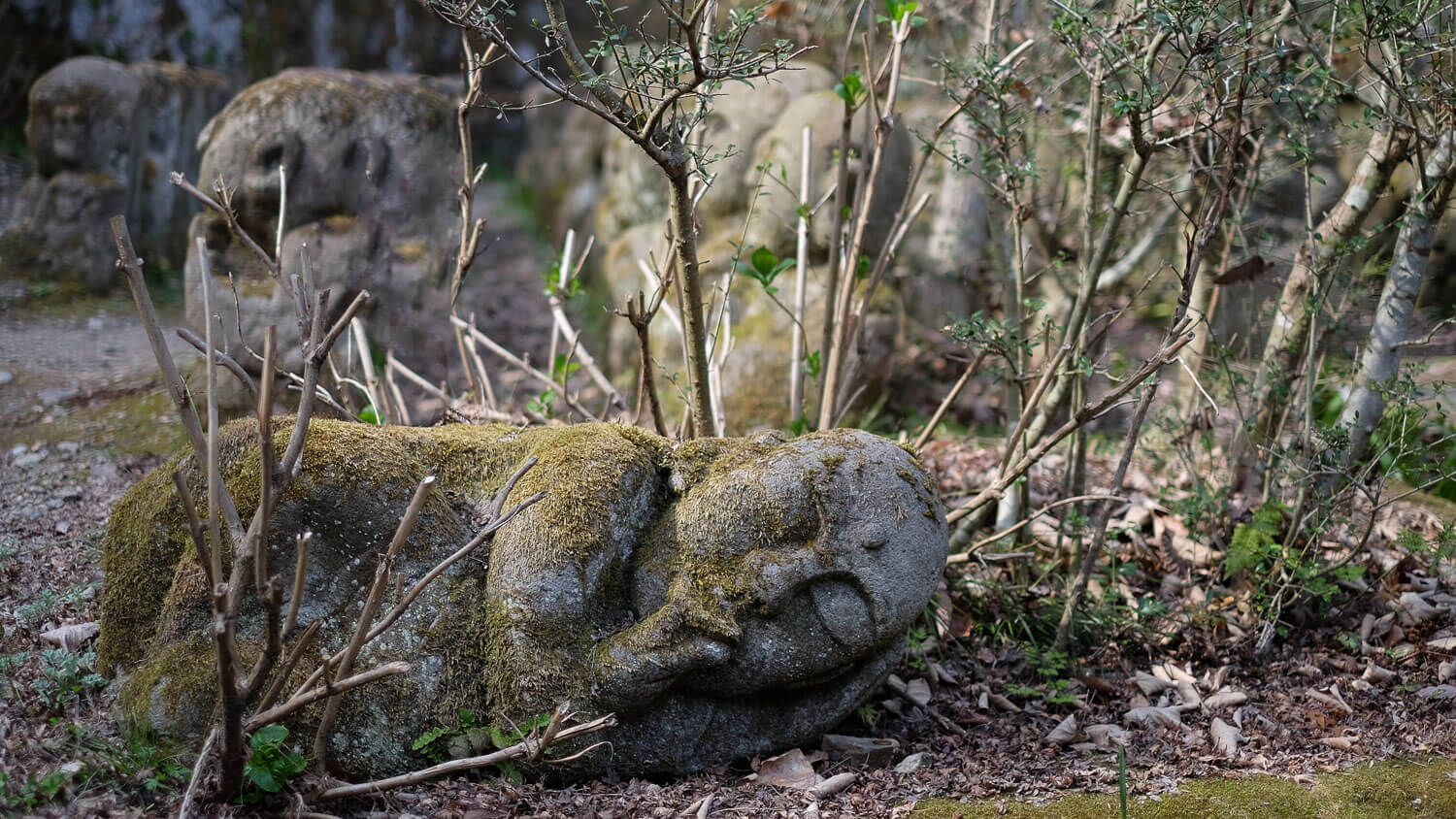
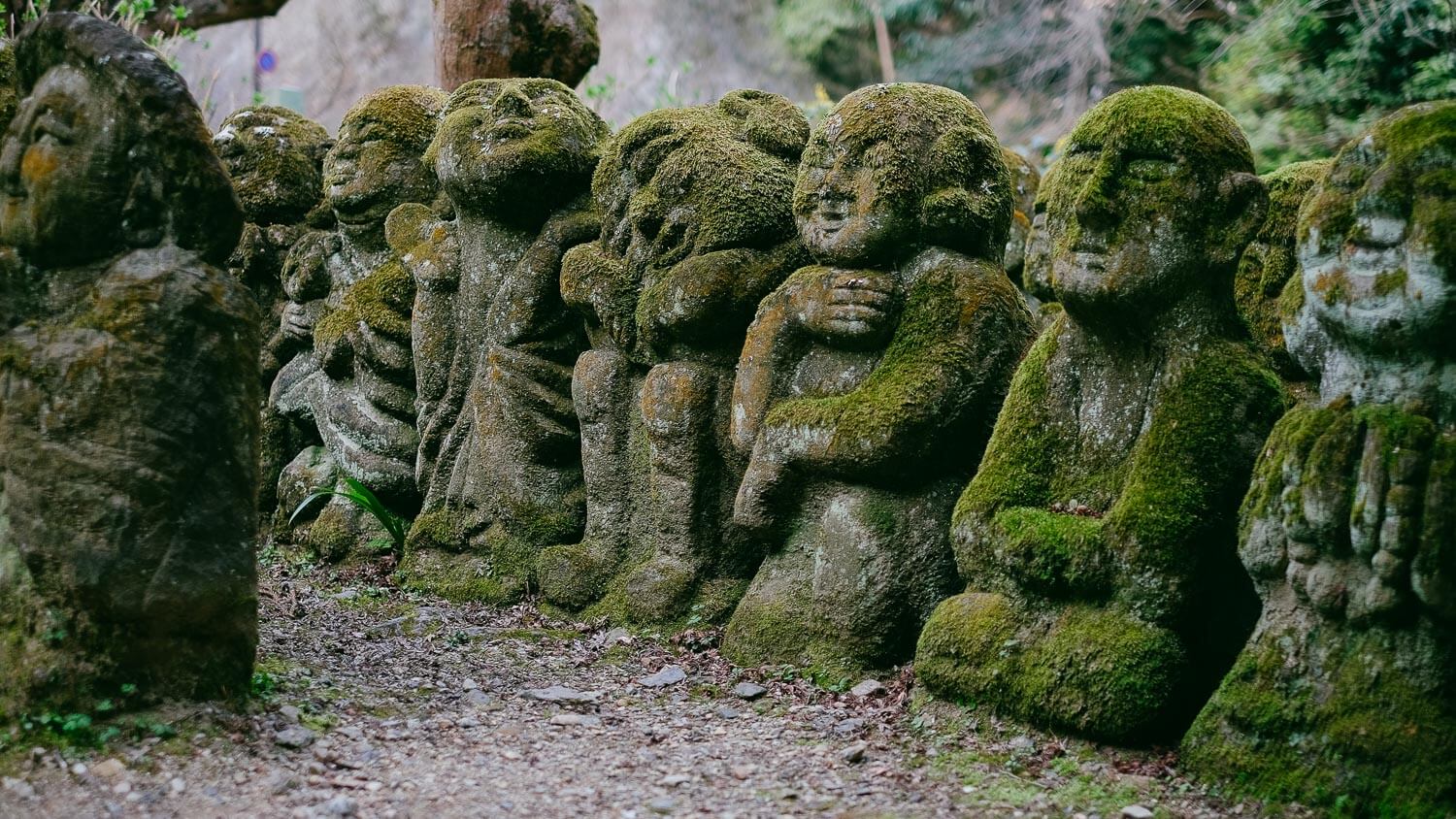










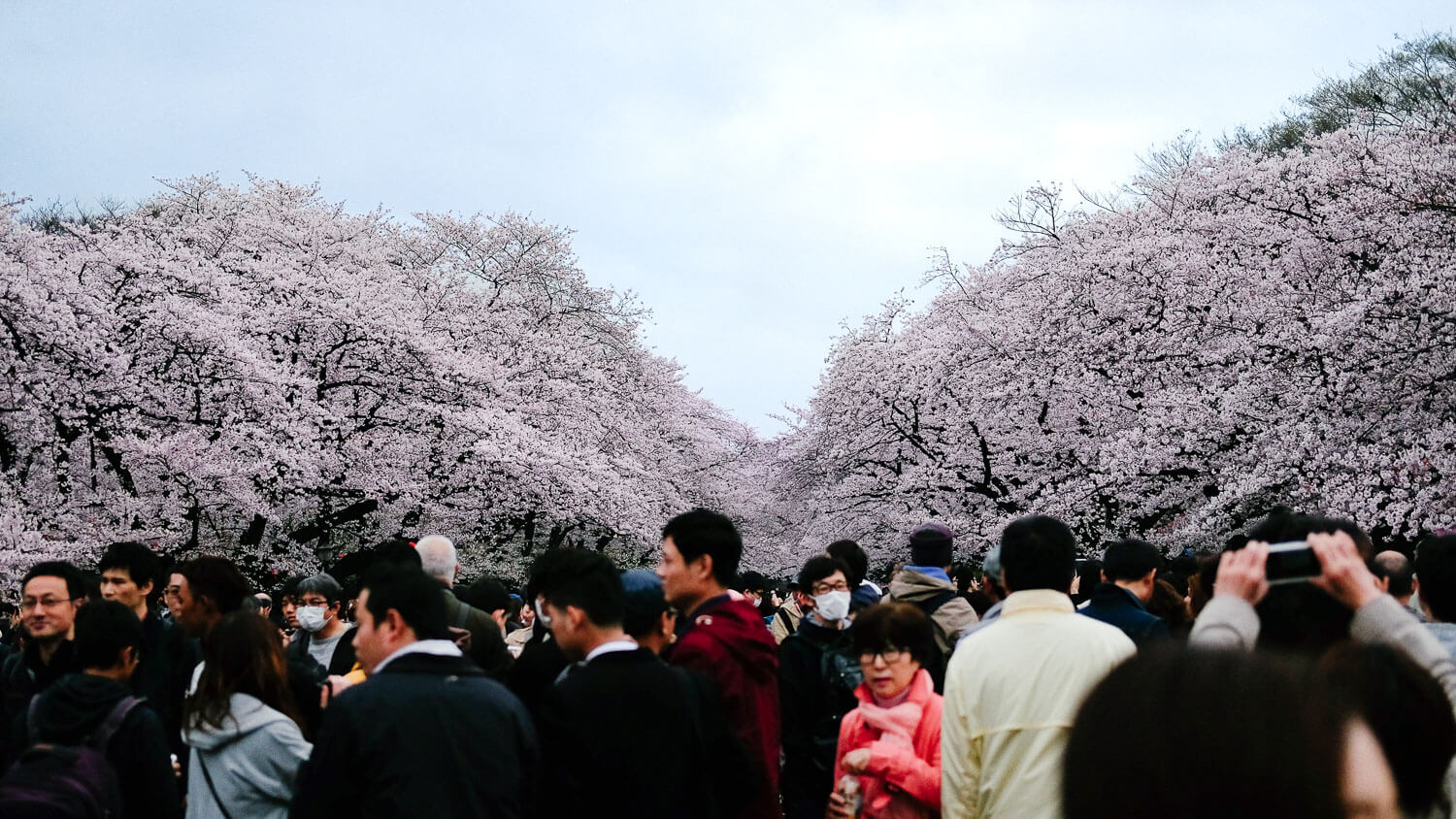






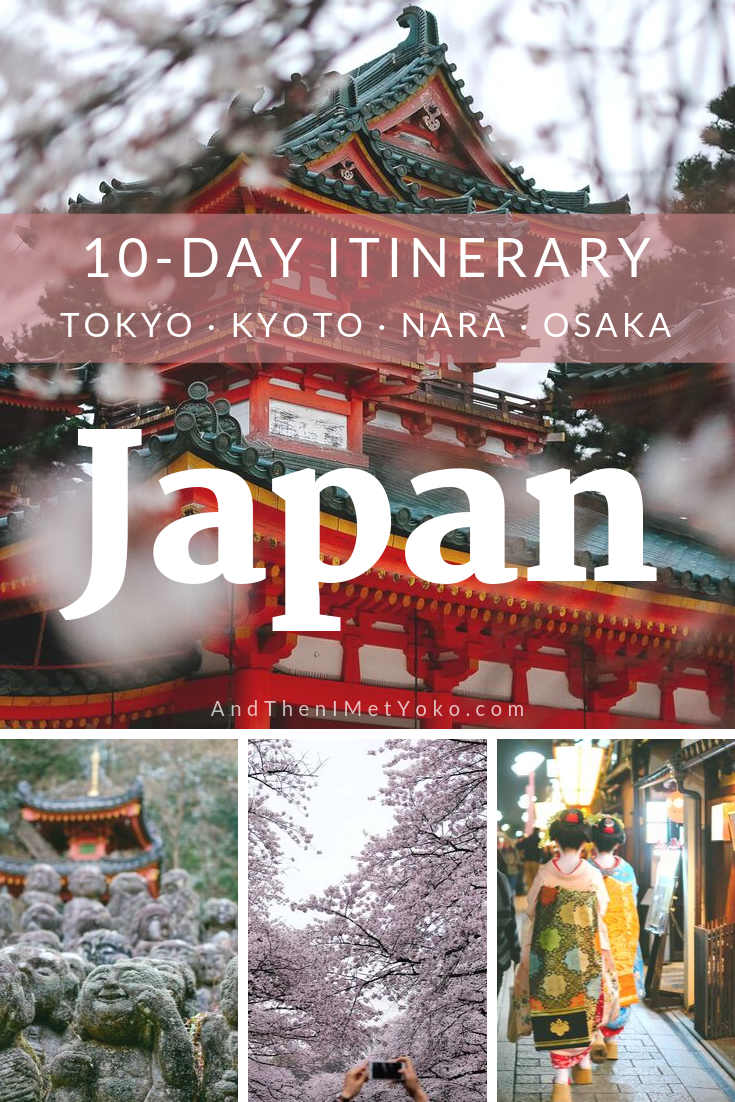


Spend 2 days in Siem Reap exploring temples and the backcountry. I’ll give my honest thoughts of my Siem Reap private-tour experiences.